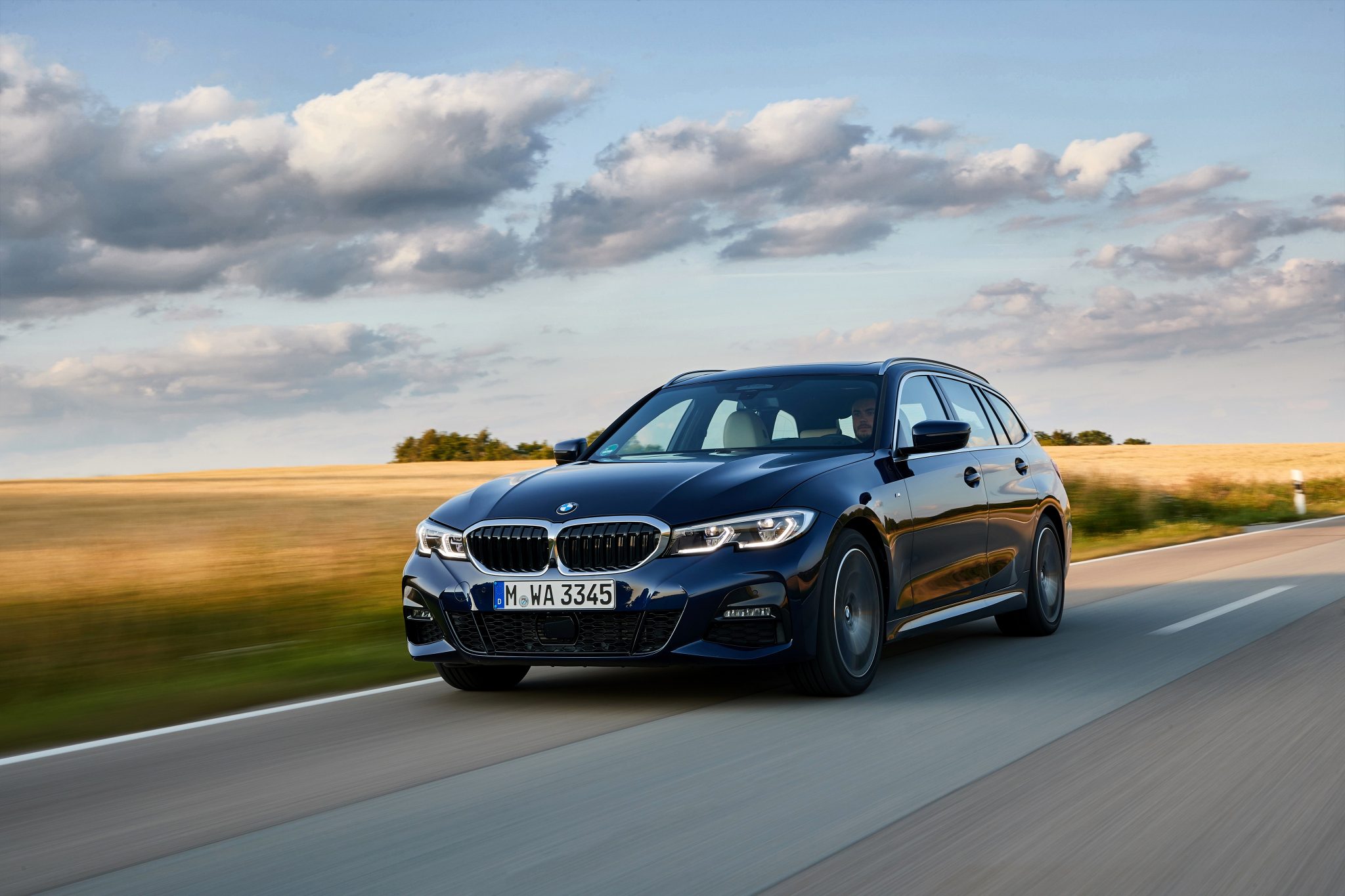2020 Europe Automotive Sales by Automaker – The Best-Selling Automotive Manufacturers By Sales Volume
Car sales in Europe dropped by 23.75% in 2020 to just under 12 million deliveries, which translates to a loss of over 3.5 million new car deliveries. That makes 2020 the worst year for automotive sales in modern history, both in terms of losses and in terms of absolute figures. Almost all European markets recorded double-digit declines in 2020, with the notable exception being Norway, where sales were virtually flat at -0.7%. Among Europe’s five major car markets, Spain posted the sharpest drop (-32.3%), followed closely by the UK (-29.4%) Italy (-27.9%) and France (-25.5%), while Germany (-19.1%) also saw a significant drop in deliveries.
Sales of car models (hatchback, sedan, stationwagon, coupe and convertible) continue to trail the market at -25% to their lowest share ever at 54.1%, down half a percentage point from 2019. Crossover and SUVs keep gaining share at -20.8% and are up to a record 40.2% share, up 1.9 percentage points on last year. Meanwhile, MPV sales are down 39.2% to 5.7% share. This is also a record low and down 1.4 percentage points from their previous low in 2019. Within these figures, electric cars and plug-in hybrids finally broke through the 10% share barrier at 11% (6.2% for EVs alone), up from 3.6% in 2019 (2.2% EVs) with a total of 1.3 million deliveries. Expect a share of over 20% in 2021.
No Subscription? You’re missing out
Get immediate ad-free access to all our premium content.
Get Started

